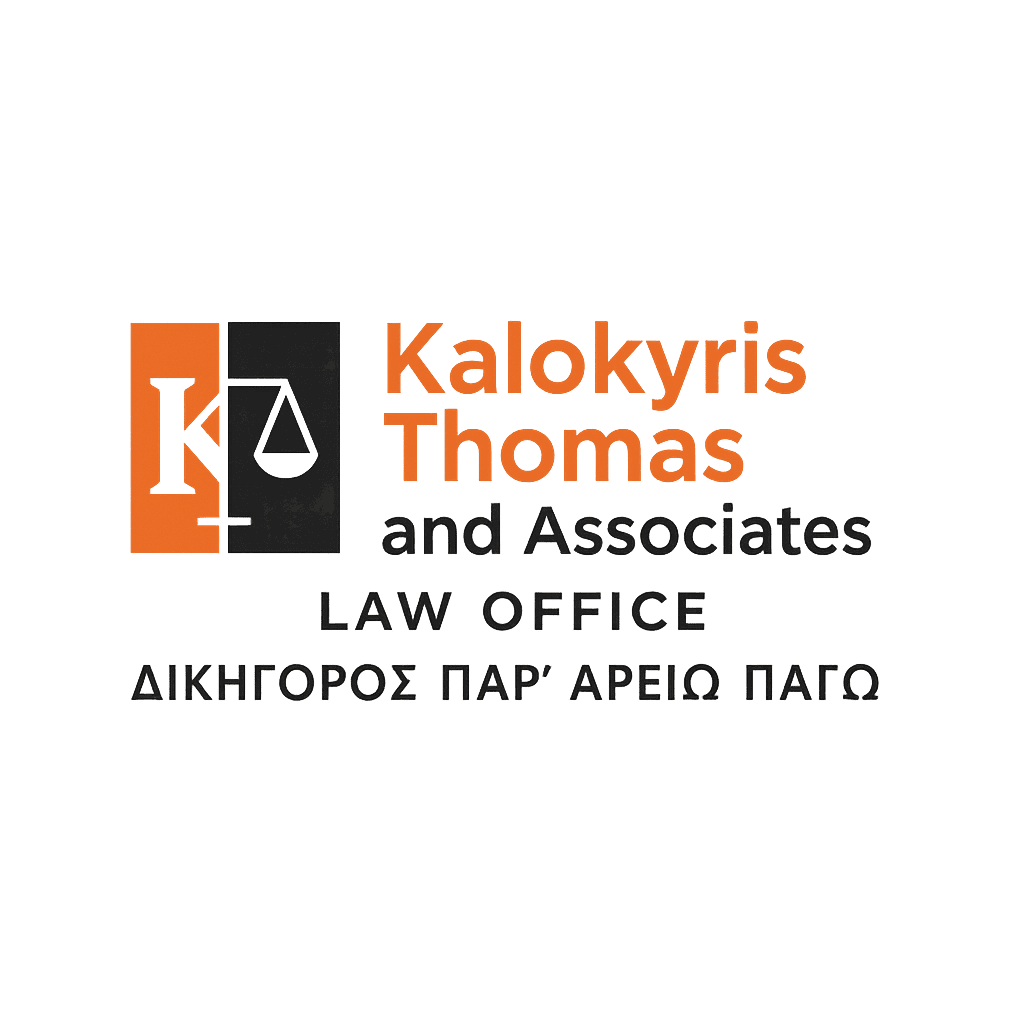After the company is established, its founders may change its corporate form, either because the criteria that formed the basis of their previous choice of corporate form have changed, or because they were forced to do so. This change may be due, for example, to a change in the economic conditions of the company, to an increase in the taxation of the specific commercial form, to the desire of a partner to become a general partner or vice versa, as well as to events that are not within the sphere of the partners' will, such as the death of the sole limited partner or the increase in the minimum capital of capital companies to an amount greater than the existing capital of an S.A.
In any case, the indirect purpose of the change is to make it easier for the company to adapt to the current economic, social and legal conditions, with the ultimate goal of serving its corporate purpose in a timely and continuous manner. The change in corporate form can be carried out in different ways, which may or may not meet the requirements of the smooth financial operation of the company.
The economic or "abusive" change is carried out through the dissolution and liquidation of the company and the establishment of a new one, while the assets are transferred according to the rules of special succession. Thus, after the end of the liquidation process of the company, a new legal entity is established, according to the prescribed formation procedure, to which the assets of the dissolved company are transferred, e.g. by delivery of movables, transfer of real estate, so that the new company becomes the special successor of the old one. As is evident, this process requires time, numerous expenses and tax burdens, while it entails the cessation of the company's operation for as long as it lasts, and, therefore, does not meet the modern needs of commercial transactions.
Another possibility of changing the corporate type is the dissolution of the old company and the transfer of all its assets to the new company, with the rules of universal succession, however. The transfer, that is, of all assets is made by a single act from the dissolved company to its new corporate entity without the need to follow the liquidation procedure. This procedure, although it ensures the economic identity of the business to a greater extent, still requires the maintenance of two legal entities, the dissolution of one and the establishment of the other, as well as an act of transfer of assets from one company to the other.
The third possibility of change is literally conversion or transformation, which eliminates the above difficulties of the procedure by maintaining not only the financial, but also the legal identity of the company being converted. The company changes its legal form by simply amending its articles of association, so that it adapts to the requirements of the new corporate form, it is not dissolved, it is not liquidated, it continues to operate, it does not transfer its property to another entity, but by subsequently complying with the necessary publicity formalities, it is converted into a company of a different legal form, thus maintaining its property and legal identity intact.
The change in the type of company affects not only the relations of the partners with the company and the partners among themselves, but also the relations of third parties with the company, who transacted with it knowing that it was under a specific legal regime and maintaining the reasonable belief that this would not change without their consent. Their confidence is based on the fundamental rule of the prohibition of changing the identity of the debtor without the consent of the creditor (art. 471 CC).
The conversion of the company, although it retains its legal and economic identity, affects those basic elements that constitute the specific legal form, changing, for example, the manner of liability of the partners, its structure or operation. The creditors of the company, whose debt claims arose before the conversion, even if they had not become due, need protection. Creditors with a real claim, on the other hand, are sufficiently protected by their right, so that in this case no additional protection guarantees are required.
The legislator, therefore, in its effort to overcome the risk of third-party claims, when enacting provisions for the conversion of companies, includes regulations concerning the protection of the company's creditors, providing the necessary security guarantees, given that their consent is not a prerequisite for the valid completion of the conversion.
In the conversion, specifically, of personal partnerships into capital companies (S.A. or E.P.E.) or into other types of personal partnerships (e.g. general partnership into limited partnership), the personal liability of the partners remains unchanged for the existing debts of the company, who continue to be personally and unlimitedly (or limitedly) liable for five years after the conversion (article 269 of Law 4072/2012), while in the case of conversion into capital companies, the creditors also have the additional guarantee of the company capital. In the case of conversion into a private limited liability company, in addition to the explicit establishment of the personal liability of the partners for five years for existing debts, creditors may also raise objections to the conversion, in order to prevent its implementation, to the detriment of their interests (art. 107 of Law 4072/2012).
Thomas Kalokiris



